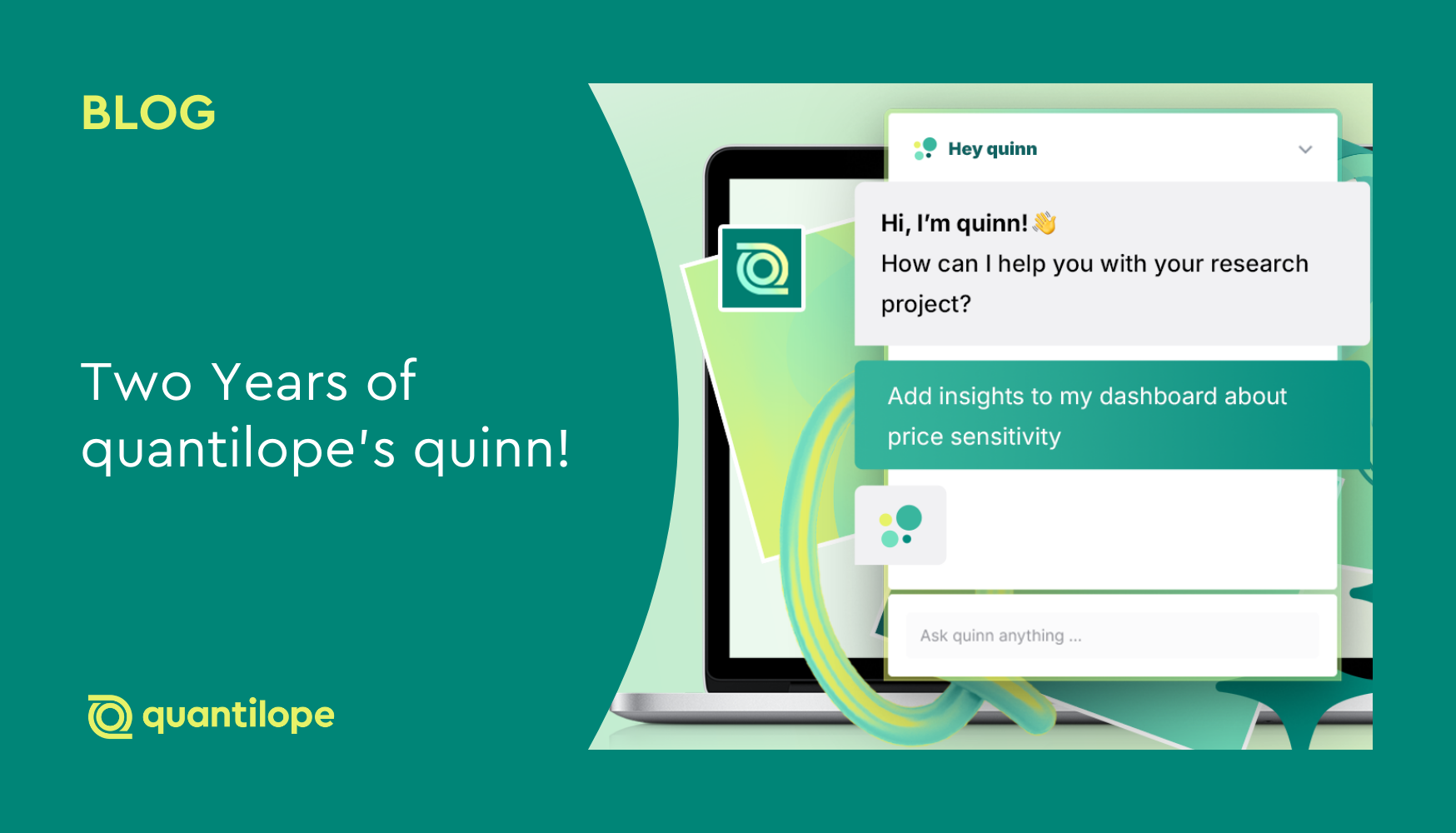If you’re thinking about using video to enhance your market research or promote your business, or if you’ve already used it but would like inspiration on how else it could help you, you’ve come to the right place.
1. Creative Testing
Our tools are ideal for anyone wanting to post videos for respondents to react to in online surveys. Posting videos isn’t essential – you always have the option to ask a question using text – but it works brilliantly if you have stimulus to show your research audience. For this reason, many of our clients use Plotto to test adverts pre-campaign to inform their development, and post-campaign to elicit associations and the impact of the advertising on subsequent behavior. Once videos have been collected, our emotions analysis tool is perfect for scrutinizing what respondents really think about the adverts.
2. Vox Pops
There’s no need to lug heavy video equipment round with you these days. Go wherever your research sample is – supermarket, sporting event, festival, high street – and simply point your phone at them (ask the retailer and the respondent first!). Ask the relevant questions, video them on your phone and upload the videos to Plotto’s online platform for editing and management. A curated show-reel of vox pop clips can then be used to illustrate points made in a presentation or to support rationale in a pitch. We’ve seen this used across the board, from planning the best layout of a supermarket’s wine aisle to the impact of a mobile phone network’s stand at Glastonbury.
3. Ethnographic Research
Video comes into its own when your aim is to record consumer behaviour. Use your phone to film respondents browsing and purchasing in-store, eating out, cooking, styling their hair or doing anything else that they’ll allow you to film. If it is practically possible, you can even ask respondents to record themselves when they’re doing the activity you’re interested in, making an interviewer’s presence unnecessary. Use the footage to analyze the actions they take or the decisions they make - as well as the ones they nearly make or discount out of hand - and ask respondents to talk you through what was happening so that you can relate thought processes to actions.
4. Concept or Product Testing
Watching respondents talk on video about a concept or a product they have been asked to evaluate is always illuminating. It gives them the freedom to talk at length about any aspect of the proposition – something that is not always easy to do in typed answers, as verbal responses can be less ordered and take less time to put across than written ones. Crucially, for product testing, respondents can demonstrate their points using the product as a prop (‘I don’t like the way the lid won’t close properly’; ‘the small writing here is really hard to see’; ‘this part of the trainer really digs into the side of your foot when you’re running’….)
5. Video Diaries
The beauty of video diaries is that respondents feel in control. They can pick up their phone (or tablet, or laptop) whenever they feel like it during the research period and either voice thoughts that have suddenly come to them or respond to specific tasks. In a recent study, we saw respondents talk on day one about their health and fitness goals, and then throughout the week record how they felt about the measures they needed to take to achieve them. (‘I was so motivated this morning, I set my alarm for 6am and got straight into my gym clothes.’ Or ‘I just had to have that burger’). In this study, the researcher posted videos each day asking respondents to complete a relevant task, which ensured co-operation on the respondents’ part as they felt they had a relationship with the researcher around what could be a potentially sensitive subject. Plotto’s sentiment analysis tool could then be applied to the videos to learn more about the feelings behind participant responses.
6. ‘Free response’
If you’re looking for a less directed answer from your respondents, giving them a broad subject to talk about can throw up a wealth of useful information. Asking them, for example, to talk about their favourite holiday, what they look for in a breakfast cereal or what the word ‘pensions’ means to them will give them licence to talk at length – perfect for insight generation, identifying key issues at the start of a project or to replace free text in online surveys. Our keyword analysis tool makes finding those key issues a doddle.
7. Testimonials
A great way to encourage brand or product trial, video testimonials have been found to be far more engaging than written ones. If visuals are processed 60,000 times faster in the brain than text and viewers are 64-85% more likely to buy a product after watching a video of it, anyone wanting to promote their business should think about asking loyal customers to talk to camera and then placing video testimonials on websites and social media.
8. Employee Engagement
No employee likes emails appearing from on high giving faceless information or directives. If the content is bad news it can feel like the sender is hiding behind the email; if it is neutral it can be too boring to read; even if it is good news, the impact of the email isn’t what it could be. Videos are more exciting to digest, especially if the video is demonstrating something like a new initiative, structure or product. They also make the viewer feel closer to any person speaking in the video – so a CEO, for example, can convey that he or she values employees without having to meet each and every one in person.
While many employee surveys are conducted anonymously so that respondents don’t feel worried about being honest, there are occasions where it is useful for an employee to give feedback via video. For example, in a larger company comprising a number of workplaces, respondents can show Head Office the aspects of their work they want to comment on (e.g. the way machines work in a processing plant; store signage; the lack of seating in the canteen…)
It’s also worth considering your research audience when choosing to use video surveys. There are obviously segments of the population who are going to feel more at home than others with a week-long video diary, and some will be fine with talking to a camera pointed at them but won’t want to hold it themselves. One of our recent clients was interested in using our platform to research a deaf audience, whose first language is sign language and who feel more comfortable with video responses than text.
With all of the above, you can use inColor to manage your videos and analyze what respondents are saying.




.png)